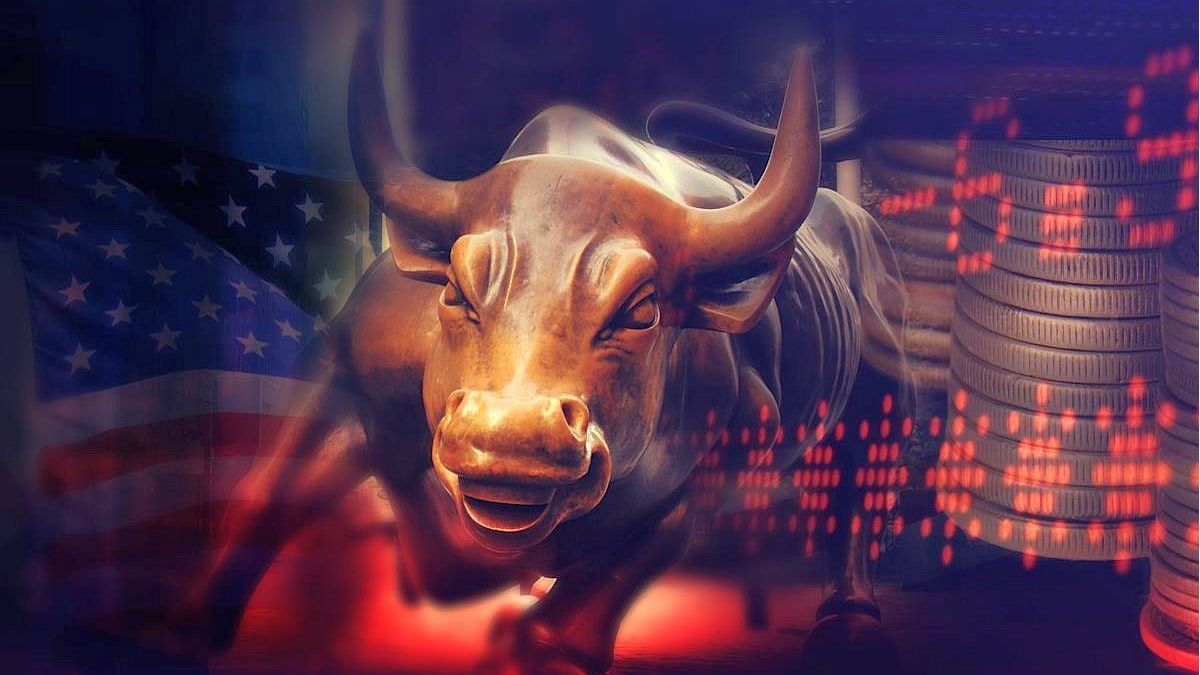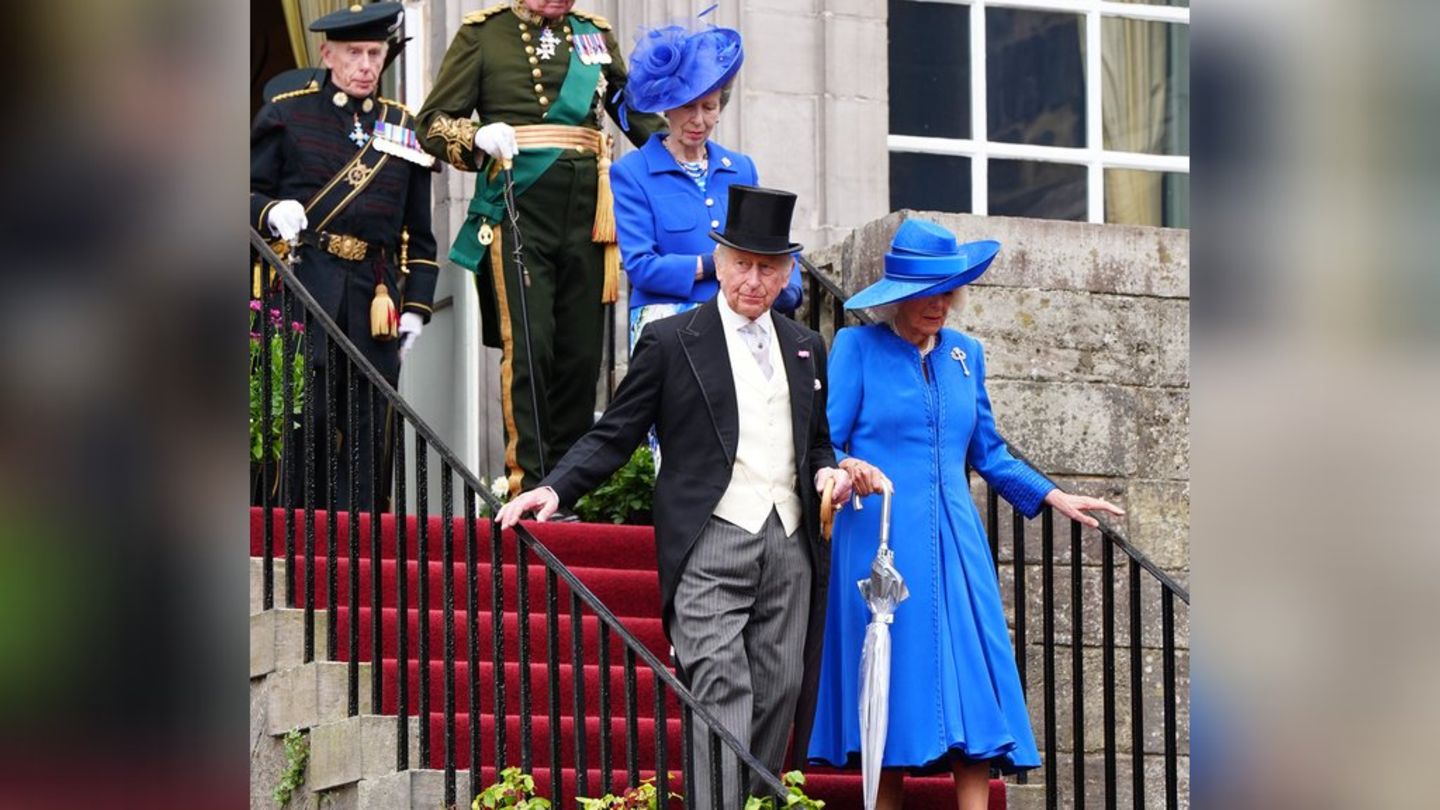He who fights is not dead, but Wall Street fought exhausted against the ropes. However, it was revived as the best thanks to the sayings of the Fed. In particular, hearing the word of Raphael Bostic, president of the Atlanta Fed, was enough to heal her. Or, at least, in appearances. The Stock Market jumped like a spring when the regional official stated that he continued to be a “firm” militant on the side of those who defend a rise in rates of “only” a quarter of a point at the next meeting of the institution, on the 21st and 22nd. The S&P500, which had already broken through the 50-wheel average and was precariously balanced on the 200-wheel average, rose 0.76% on Thursday and 1.61% on Friday. He thus executed a remarkable reversal in a critical instance.
Is the Fed cavalry coming to the rescue again? No. The rate hike saga continues. That fate is not in dispute. What is being debated is the size of the increase: a quarter of a point or a half. The issue was resolved in January. The central bank had already chosen a path of increases of minimum size, the previous step to then leave the forum, but the unexpected exuberance of the real economy and inflation forced a reconsideration. Other district presidents, such as James Bullard and Loretta Mester, took it upon themselves to remember his preaching in favor of a half-point adjustment. Defeated at the last meeting by the evidence of a soft landing for prices and activity, the unforeseen overheating of those same variables – which occurred in January but was only detected last month – brought them back to the fore.

The economy created more than half a million net jobs. The unemployment rate sank to its lowest level since 1969. Inflation rose 0.6% by the central bank’s favorite measure (and half the consumer basket posted increases of that magnitude or higher). Soft landing? The January data canceled the taxi on the track. It is the postcard of a resounding acceleration and a vertical takeoff. Let a hawk like Governor Waller explain it, as tenacious as he is surprised. The data debunked “my vision in January that we were making significant progress in moderating activity and reducing inflation.” Wall Street saw it that way, too. And its overwhelming optimism in January was shattered by the sheer blow of robust indicators.
Bostic’s firmness in sticking to the strategy instilled confidence in investors. He pointed out that the Fed has to ensure the irrevocable reduction of inflation and for that purpose arrange a quarter-point hike this month and another in May, and then leave short rates unchanged at 5.25% for a long period, at least until 2024. What he did not say – that we must lose our composure and redouble the bet – brought relief. And that the Fed can be satisfied “in the middle of (boreal) summer”, and step aside “expectantly” as the Bank of Canada has already done, further toned the spirits.
Strictly speaking, the end of the saga could occur as soon as June. It is worth noting that Bostic has a voice but does not vote in 2023. He expresses one side, others seek a more expeditious solution. Who cuts the cod, Jerome Powell, will speak this week. It is not clear that he takes sides. But even so, the last word will be reality. Markets may cling to the Fed’s words, but the central bank is data-dependent. A hawk like Waller put it bluntly. If the indicators moderate, he will support Bostic’s motion. If they don’t, he will advocate raising the terminal rate beyond 5.25%.
They all agree on the essentials: inflation must be brought down to 2%. That the indicators calm down in February may seem like the same chance as flipping a coin. The chances that they will do so as time goes by are increasing given official zeal, the restrictive tenor of monetary policy, and their credibility. We are no longer in 2022, when it started from scratch and with unusual delay after the price sprint. That is Bostic’s message.
Inflation has not yet fallen into the fold, but with each rate rise the siege closes. They may not reach two, but many more should not be needed either. Then, keep the terminal rate – at 5.50% asks Bullard; 5.75% risk Thomas Barkin -will complete the firing. But at the same time it will mitigate the risk of causing an accident due to overreaction. Investors (in stocks and bonds) buy the idea. At least until reality does not deny it.
Source: Ambito




